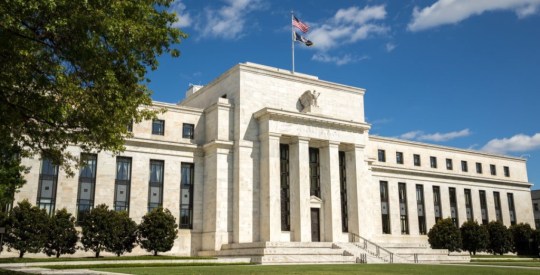House Republicans introduced a bill this week that would repeal the Home Affordable Modification Program. The bill was introduced by Reps. Jim Jordan (R-Ohio), Darrell Issa (R-Calif.) and Patrick McHenry (R-N.C.), who cited yet another report from government watchdogs about the program’s underwhelming performance. The Treasury Department introduced HAMP in March 2009 allocating nearly $50 billion in incentive payments to servicers, borrowers and investors for modifying mortgages on the verge of foreclosure. Through December, servicers have modified more than 579,000 loans, well short of the 3 million to 4 million the Obama administration targeted. In December, the Congressional Oversight Panel estimated the program ultimately will reach between 700,000 and 800,000 borrowers. If the bill passes, the Treasury will be unable to provide assistance under HAMP, which was authorized under the Emergency Economic Stabilization Act of 2008. The bill also would terminate all contracts between the servicers and the Treasury. “HAMP is a colossal failure,” Jordan, co-sponsor of the bill and chair of the oversight subcommittee on Regulatory Affairs, Stimulus Oversight and Government Spending said. “In many cases, it has hurt the very people it promised to help. It’s one more example of why government interference in the private sector doesn’t work and that’s why it should be repealed.” The GOP has filed a series of bills that attempt to unwind many of the administration’s efforts to fix the mortgage markets. Rep. Michele Bachmann (R-Minn.) introduced a bill in January to repeal Dodd-Frank, and Sen. Rand Paul (R-Ky.) introduced a bill that would stop funding for the Department of Housing and Urban Development. The Treasury did not have a comment on the HAMP bill. But in a House Financial Services Committee hearing Thursday, Tim Massad, the acting assistant secretary for financial stability at the Treasury said cutting HAMP would be a bad idea. “I don’t think we should just go cold turkey,” Massad said. “That’s why I would disagree with some of the comments that have been made that because HAMP has not achieved 3 million to 4 million modifications that therefore we should end it. I don’t think that makes sense. I think this program can still help a lot of people. I think it’s constructed so that we only use taxpayer funds prudently and wisely, to the extent that we do help people.” The Special Inspector General for the Troubled Asset Relief Program released a report this week calling HAMP’s failures “devastating.” But in the hearing Thursday, Neil Barofsky, who heads up SIGTARP, agreed with Massad and called for an adjustment to the program rather than an elimination. “You know, TARP was designed in part, just as much to help the Wall Street banks as to help struggling homeowners. That was part of the intent of the legislation. And I think Treasury bears an important responsibility to fulfill that goal that Congress set forth,” Barofsky said. “I would like to see a credible revamp of HAMP.” Write to Jon Prior. Follow him on Twitter: @JonAPrior
GOP introduces bill to eliminate HAMP
Most Popular Articles
Latest Articles
Powell makes it clear: No rate cuts anytime soon
Powell made statements that indicate there will be no rate cuts anytime soon because the economy and the labor market are too strong.



